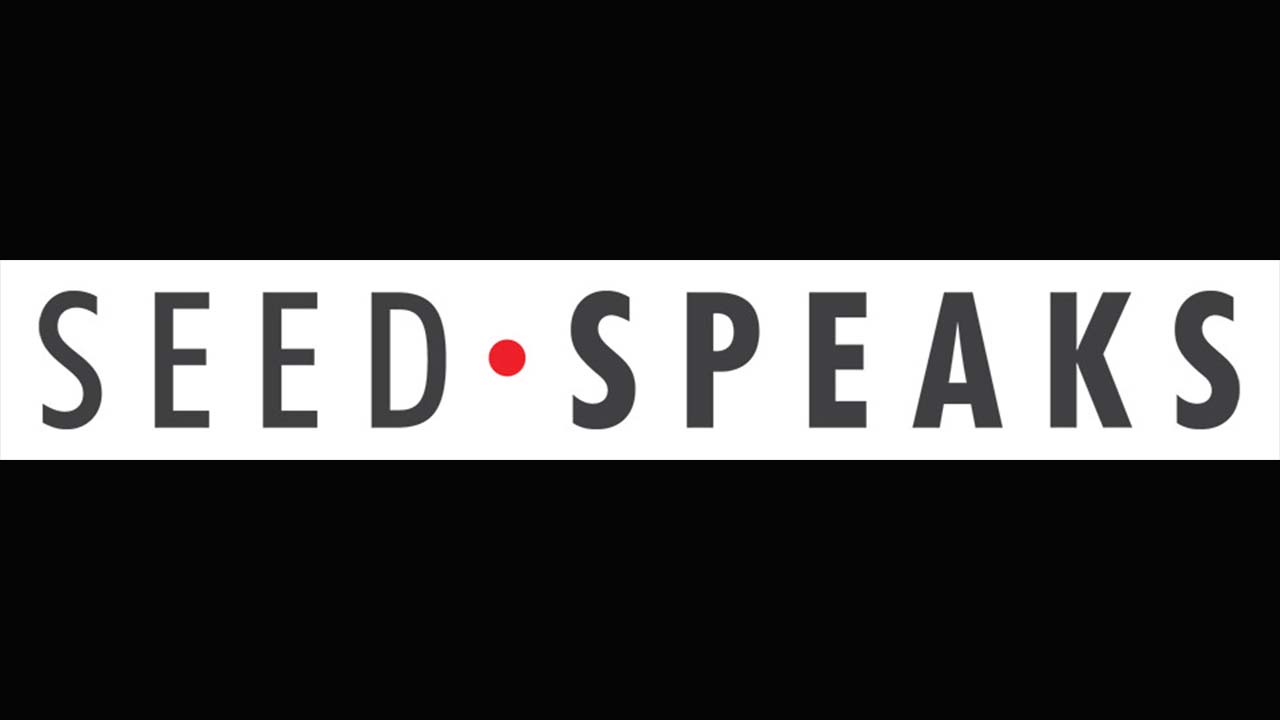With buzzwords everywhere, how can we use them to bridge the information gap between ag and the general public.
Buzzwords seem to be everywhere these days, and while some explain actual agriculture practices and science, others aren’t necessary. However, these words can be used to bridge the information understanding gap between the agricultural community and consumer worlds.
“I think there’s sometimes this tendency to fear (buzzwords), but understand what those mean, and then really try to relate the things that we do or would like to do in agriculture,” Kent G. Schescke, executive vice president and CEO of CAST, says in the Sept. 15 episode of Seed Speaks. “I think it’s helping bridge that gap. A lot of this is the fact that we have this growing distance between consumers — what they know and understand about food and agriculture.”
Using buzzwords can help agriculture to be able to communicate better with the general public, Schescke says. Buzzwords can also be used to better explain the why behind the science used in agriculture and how it can help people in their everyday lives.
“I think we need to do a better job of talking about the benefits of the technology that we use from a societal or consumer benefits standpoint,” Schescke explains. “I think we’ve got an opportunity now with some of the new and emerging technology, whether it be gene editing, or some of the other new products being developed, to really focus more on what are the benefits that technology provides for society in general.”
In the past, agriculture hasn’t always done the best in explaining the benefits of new scientifically developed products. Joe Schwarcz, director of McGill University’s “Office for Science and Society,” points to when the first genetically modified organism (GMO), the FLAVR SAVR tomato, was released in 1990s, there was confusion about what a GMO was. The tomato also didn’t taste the way it was marketed.
“The consumer really doesn’t care about how the farmer uses this technology for better profits or higher yield, what they care about is what they can get out of it. And unless they see something that benefits them in their everyday life, it’s very easy to oppose the technology,” Schwarcz explains in the Seed Speaks episode.
While using correct terminology, or buzzwords, to explain products and science can help agriculture, there are cases of words being misused. Schwarcz has noticed words on labels that while they are correct, they are misleading and therefore meaningless.
“You see bottles of water saying no GMOs. And of course, it implies that there might be other bottles that are where the water is somehow genetically modified, which of course, its total nonsense,” he says.
This can also cause people to question the safety of our food supply system, Schwarcz says. When he sees the word natural on a label its concerning as it implies that everything which comes from nature is safe and benign, while anything synthetic is made in a lab with chemicals and therefore is bad.
“The only way to know if any substance is safe or not, is by knowing what it is by knowing the molecular structure, knowing how it’s been tested. Not whether it was made by a chemist in a lab or by Mother Nature in a bush that has absolutely no meaning,” he explains.
Related Articles
The Future of Farming Is Counting on Good Communicators





